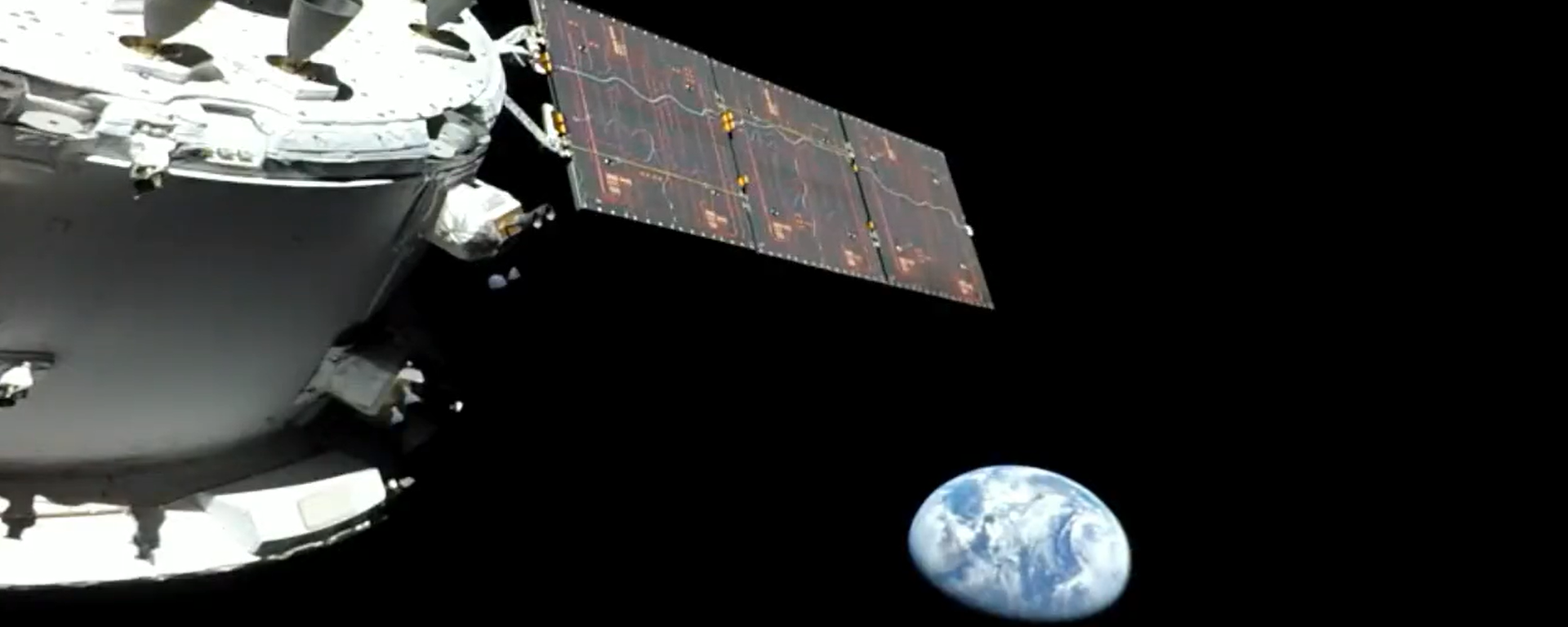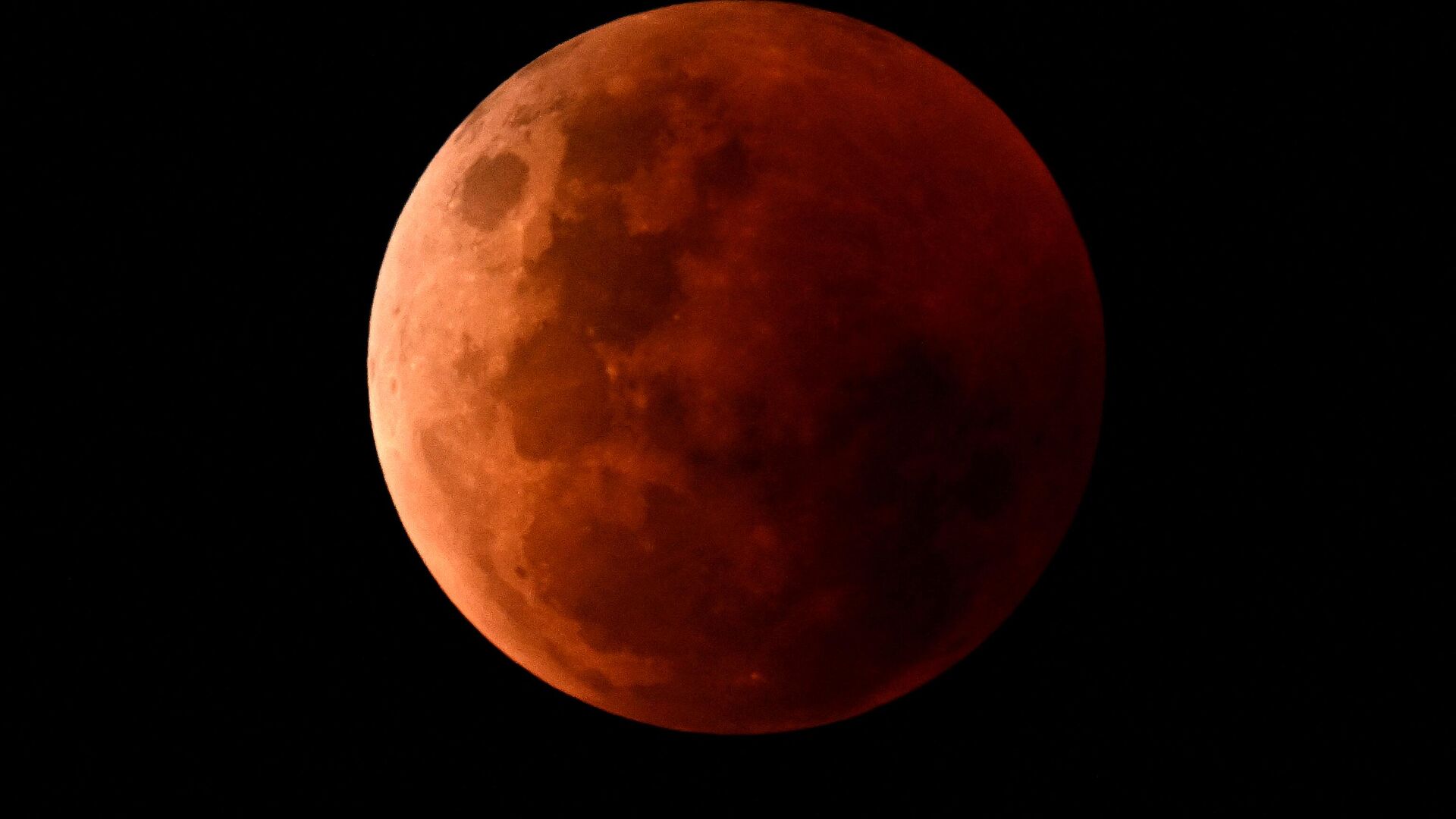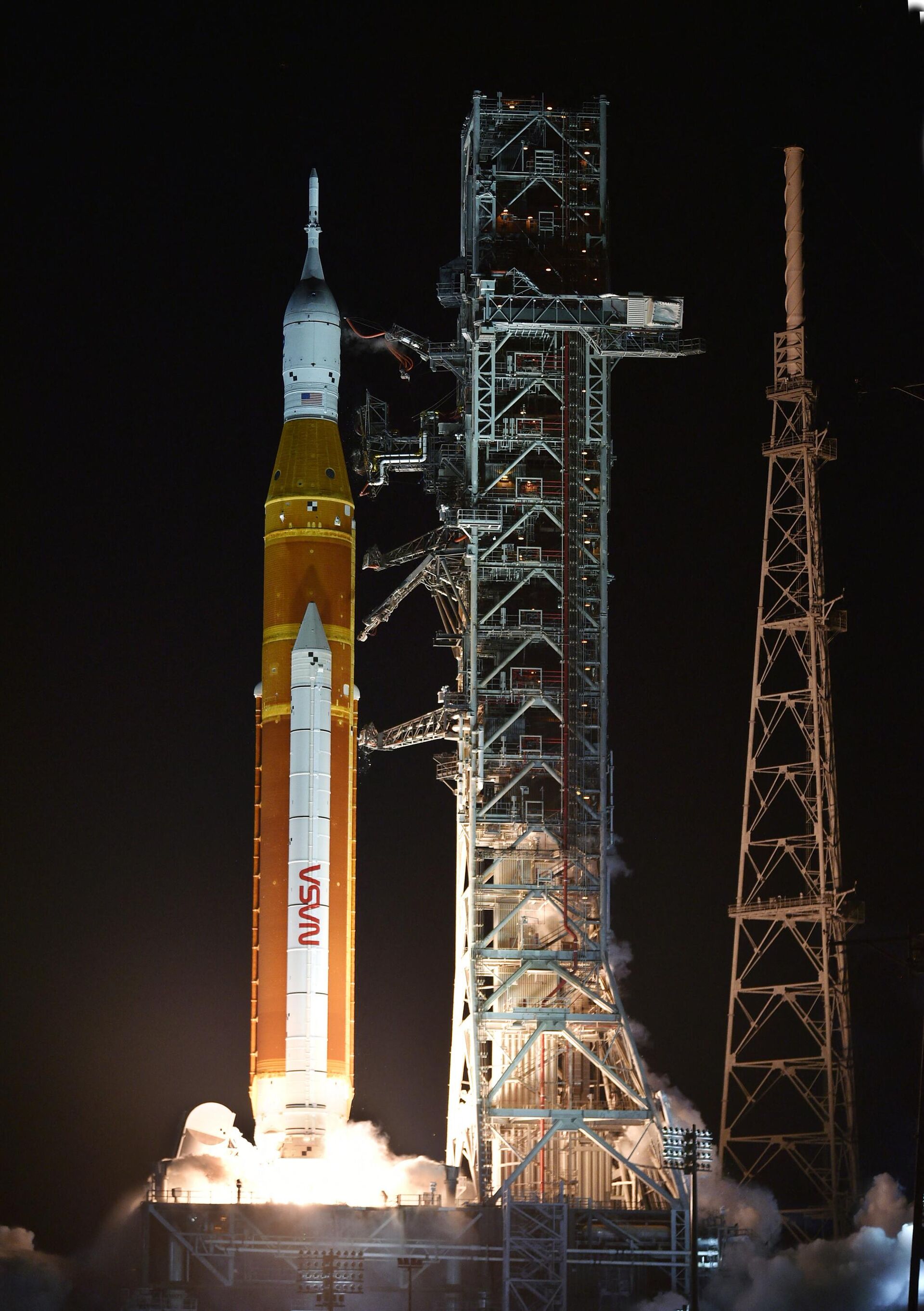https://sputnikglobe.com/20221120/humans-could-chill-on-the-moon-at-length-in-this-decade-nasa-claims-1104463534.html
Humans Could Chill on the Moon at Length 'In This Decade', NASA Claims
Humans Could Chill on the Moon at Length 'In This Decade', NASA Claims
Sputnik International
The Moon could be hosting humans for lengthy stays on its surface as early as in this decade, a NASA official has claimed.
2022-11-20T13:14+0000
2022-11-20T13:14+0000
2022-11-20T13:14+0000
science & tech
us
moon
artemis
nasa
orion
https://cdn1.img.sputnikglobe.com/img/07e6/0b/14/1104462929_0:160:3073:1888_1920x0_80_0_0_6ceb3b53612ac2065dd43ba81b9577c5.jpg
The Moon could be hosting humans for lengthy stays on its surface as early as in this decade, a NASA official has claimed."We're going to be sending people down to the surface and they're going to be living on that surface and doing science," said Howard Hu, head of the American space agency's Orion lunar spacecraft programme. Specifically-tailored habitats would be required to support such ambitious lunar scientific missions, he acknowledged in a media interview. Howard hailed the the lift-off of the Artemis 1 uncrewed mission atop the Boeing-developed Space Launch System (SLS) rocket and bearing the Orion capsule from the Kennedy Space Center, Cape Canaveral on November 16. This was but the first step of America's much-touted mission to put astronauts back on the Moon, Hu said.'Deep Space Exploration'Two earlier attempts to launch Artemis 1 - in August and September - had to be scrapped due to technical issues and poor weather conditions caused by tropical storm Ian in Florida.The unmanned mission is to subsequently be followed up by a crewed lunar flight of the Orion spacecraft. Artemis 2 - the first manned lunar mission since Apollo 17 in 1972 - is scheduled to launch in 2024. The current Artemis 1 test-flight is scheduled to last 25 days, flying to the Moon and back, and returning to Earth on December 11. It will be spending five-six days in a distant retrograde orbit around Earth's only natural satellite. During the flight, NASA specialists will correct the spacecraft's trajectory and test its preparedness for further missions."It's the first step we're taking to long-term deep space exploration, for not just the United States but for the world... I mean, we are going back to the Moon, we're working towards a sustainable programme and this is the vehicle that will carry the people that will land us back on the Moon again," enthused the Program Manager for Orion Program. He explained that one of the missions was to find out if there was water at the Moon's south pole which could be used for creating rocket propellant to allow refueling in deep space for a further venture towards Mars.Artemis 1 is carrying a manikin for the purpose of registering the impacts of the plethora of flight impacts on the human body. In case of success, a third mission will be launched as early as 2025 to land astronauts, including the first woman, on the moon, according to NASA.The American agency is partnering with space agencies from Japan and Europe in its ambitious affort, with Orion carrying two micro satellites developed by the Japan Aerospace Exploration Agency.
https://sputnikglobe.com/20221116/blue-marble-nasas-moon-bound-orion-spacecraft-sends-back-stunning-earth-photo-on-first-test-run-1104306591.html
Sputnik International
feedback@sputniknews.com
+74956456601
MIA „Rosiya Segodnya“
2022
News
en_EN
Sputnik International
feedback@sputniknews.com
+74956456601
MIA „Rosiya Segodnya“
Sputnik International
feedback@sputniknews.com
+74956456601
MIA „Rosiya Segodnya“
the moon could hos humans for lengthy stays as early as in this decade, nasa, artemis 1, orion capsule, lunar missions
the moon could hos humans for lengthy stays as early as in this decade, nasa, artemis 1, orion capsule, lunar missions
Humans Could Chill on the Moon at Length 'In This Decade', NASA Claims
The trailblazer in a spate of uncrewed flights tasked by the National Aeronautics and Space Administration with furthering extensive exploration of the Moon, Artemis I sprang into action on November 16, when the Orion capsule set forth from Kennedy Space Center on its test misson atop the mega-rocket Space Launch System (SLS).
The Moon could be
hosting humans for lengthy stays on its surface as early as in this decade, a NASA official has claimed.
"We're going to be sending people down to the surface and they're going to be living on that surface and doing science," said Howard Hu, head of the American space agency's Orion lunar spacecraft programme.
Specifically-tailored habitats would be required to support such ambitious lunar scientific missions, he acknowledged in a media interview. Howard hailed the
the lift-off of the Artemis 1 uncrewed mission atop the Boeing-developed Space Launch System (SLS) rocket and bearing the Orion capsule from the Kennedy Space Center, Cape Canaveral on November 16. This was but the first step of America's much-touted mission to put astronauts back on the Moon, Hu said.
Two earlier
attempts to launch Artemis 1 - in August and September - had to be scrapped due to technical issues and poor weather conditions caused by tropical storm Ian in Florida.
The unmanned mission is to subsequently be followed up by a crewed lunar flight of the Orion spacecraft. Artemis 2 - the first manned lunar mission since Apollo 17 in 1972 - is scheduled to launch in 2024.
The current Artemis 1 test-flight is scheduled to last 25 days, flying to the Moon and back, and returning to Earth on December 11. It will be spending five-six days in a distant retrograde orbit around Earth's only natural satellite. During the flight, NASA specialists will correct the spacecraft's trajectory and test its preparedness for further missions.
"It's the first step we're taking to long-term deep space exploration, for not just the United States but for the world... I mean, we are going back to the Moon, we're working towards a sustainable programme and this is the vehicle that will carry the people that will land us back on the Moon again," enthused the Program Manager for Orion Program.
He explained that one of the missions was to find out if there was water at the Moon's south pole which could be used for creating rocket propellant to allow refueling in deep space for a further venture towards Mars.
Artemis 1 is carrying a manikin for the purpose of registering the impacts of the plethora of flight impacts on the human body. In case of success, a third mission will be launched as early as 2025 to land astronauts, including the first woman, on the moon, according to NASA.
The American agency
is partnering with space agencies from Japan and Europe in its ambitious affort, with Orion carrying two micro satellites developed by the Japan Aerospace Exploration Agency.

16 November 2022, 22:25 GMT





